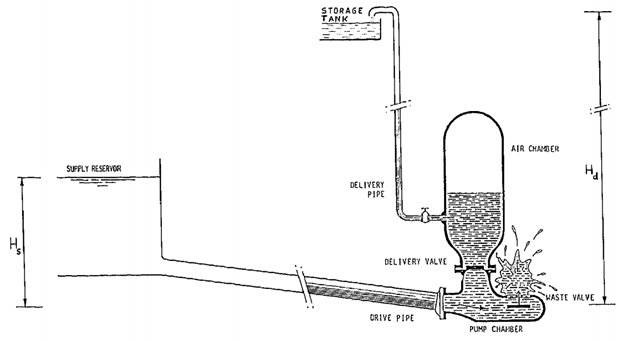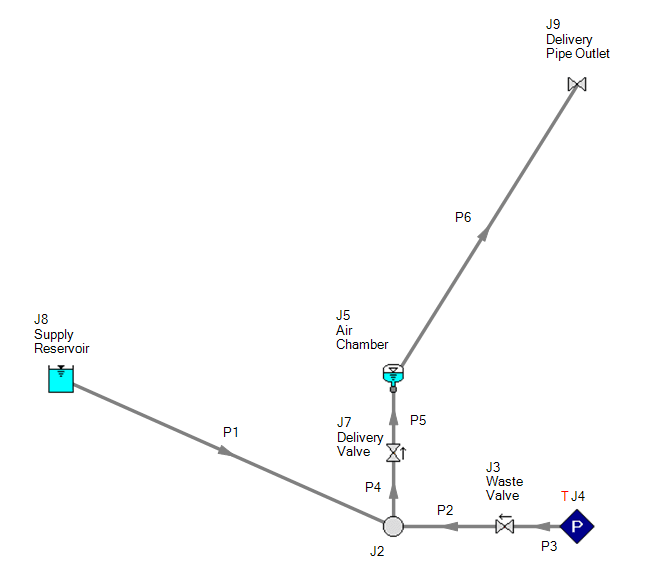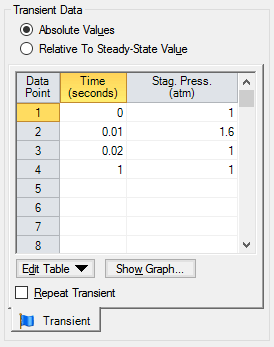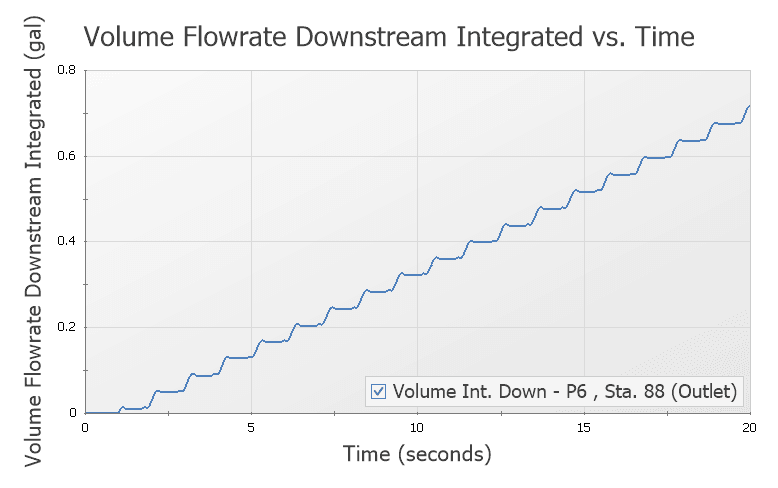AFT Blog
Making a Difference, No Power Needed
The annual letter from Bill and Melinda Gates to Warren Buffett was released just two days before I wrote this. In 2006, Warren Buffett made what will surely be the largest philanthropic donation by a single person in the foreseeable future. This helped to cause the resources available to the Bill & Melinda Gates Foundation to explode overnight. So in commemoration and in gratitude they write an annual letter addressed to Warren. In their most recent annual letter, the foundation celebrates helping over 122 million children survive in the past 25 years due to their amazing efforts with the help of these resources. It is obvious that many more lives will continue to be saved as our technologies improve and other organizations like this foundation continue to strive towards a better tomorrow.
So this got me thinking that the technology has been available to do our part in the hydraulic world, particularly in water supply of impoverished areas. As the Gates’ letter focuses on child mortality, I could not help but think of water as an important factor in the livelihood of children. I have also been interested, for a long time, in the ingenuity applied in impoverished areas when it comes to the numerous engineering challenges. One example is pumping needs in underdeveloped communities. The hydraulic ram pump (ram pump) can help satiate this need.
A ram pump is a device that pumps fluids through the use of a periodic cycle of check valves, a gas accumulator and waterhammer. A simple schematic of a ram pump is shown in Figure 1. An upstream fluid source is allowed to flow down a drive pipe and through a waste valve, accelerating until it reaches a critical velocity. The critical velocity is the velocity at which the waste valve will be forced to close by the drag imparted from the fluid. The sudden and rapid closure of the waste valve causes a pressure wave to propagate back up the drive pipe and against the delivery valve. If this surge pressure is large enough to overcome the delivery valve’s cracking pressure, then the valve will open. With the delivery valve open, the air chamber can begin to fill, compressing the gas inside. The compressed gas and the height of the delivery pipe will eventually cause backward flow through the delivery valve as the fluid decelerates, thus closing it. Once the delivery valve is closed, the fluid can be forced through the delivery pipe. The cycle repeats as the low pressure situation caused by the pressure wave in the drive pipe will reopen the waste valve, allowing the fluid to accelerate once again.

Figure 1. Simple schematic of a hydraulic ram pump.
The distinct advantages of ram pumps are their economical installation and constant operation. Because the ram pump can operate with two check valves and a gas chamber, there is no need for costly motors to be installed. In fact, the bulk of the cost for most systems using ram pumps exists in the amount of piping to and from the pump. This makes the ram pump a very incentivizing choice for pumping needs in areas of the world with little mechanical resources, or even no power. Furthermore, the ram pump can operate continuously for entire months at a time, thus supplying a steady flow of water.
Using standard features available in AFT Impulse, a ram pump’s complete operation can be modeled, including start up. This, in turn, can be used to perform a feasibility analysis and determine the maximum head rise available from a particular ram pump for sizing purposes. Below is an illustration of one such model in Figure 2.

Figure 2. Model layout in AFT Impulse 6. Junction J9 is an exit valve, allowing Pipe P6 to use the partially full pipe feature.
The model consists of 2” ANSI standard steel piping that is pumping water at 70 degrees Fahrenheit. Other crucial information, such as the initial gas volume in the gas bladder and the closing logic of the check valves, are also input. Most ram pumps, after assembly and priming, could be stuck in the position where both waste and delivery valve are closed. This is overcome by forcing the waste valve open. In most instances, this is accomplished by pushing the valve down repeatedly by hand until the cycle takes over. To model the start up procedure, a transient pressure junction was used with a single temporary pressure spike. See Figure 3 below.

Figure 3. Transient profile simulating "starting" the ram pump operation.
With five feet of head available to the drive pipe and a delivery height of 15 feet, it was calculated that the ram pump modeled could pump 2.24 gallons per minute over 10 feet high. This does come at the cost of the fluid discharged by the waste valve, in this case, 44.3 gallons per minute. In AFT Impulse the flow rate is most easily calculated using a graph of the integrated volumetric flowrate at the discharge of the waste valve and the outlet of the delivery pipe. Figure 4 shows the integrated flow rates at the discharge of the delivery pipe over 20 seconds of simulation. The stepwise nature clearly shows how fluid exhibits pulsation. This behavior can be heard in videos such as this one showing the pump’s operation.

Figure 4. The integrated volumetric flowrate of the delivery pipe at 15 feet elevation.
The linear slope indicates that a cosntant flow rate will result from operation
It is not only important to understand if a ram pump will work, but it’s also important to know the maximum height that it can achieve flow. To determine the maximum effective height, several scenarios were created in AFT Impulse’s scenario manager. One of the most powerful tools in the software, the scenario manager allowed several cases with a varying delivery height to be modeled until no flow exited the delivery pipe, a positive volumetric integrated flowrate. For this two-inch steel pipe configuration, the maximum height was 28.5 feet. That is a head rise of 23.5 feet simply from the harnessed power of waterhammer.
There are some notable disadvantages of the ram pump system, most prevalent is location. Because the ram pump requires a steady stream of fluid to operate, arid climates cannot make use of this technology as often. Most ram pump systems need constantly flowing rivers, as these provide a reliable source of water. Another distinct disadvantage is that the water that exits the waste valve cannot be re-captured and pumped higher without external power input. In order to use this volume of water, usage must be at the same height or below the waste valve.
Yet even with these limitations, ram pumps still offer a viable and economical method of pumping water, a task that usually requires traveling by foot with fully-laden containers. This water can help to improve the lives of people that would other-wise have limited access to it. Sizing and designing a hydraulic ram pump is just one of many ways that AFT Impulse can be used to improve the lives of others. Feel free to contact our support center for more information on modeling the ram pump above or other technical questions about AFT Impulse. What are other ways you can use technology or engineering practices to make the world a better place like the work being done by the Gates Foundation?



Comments